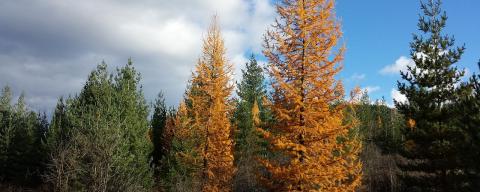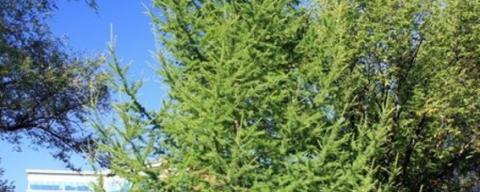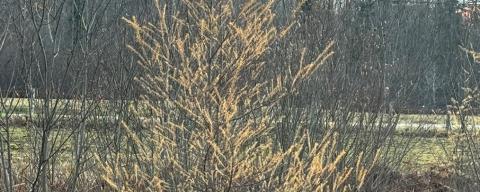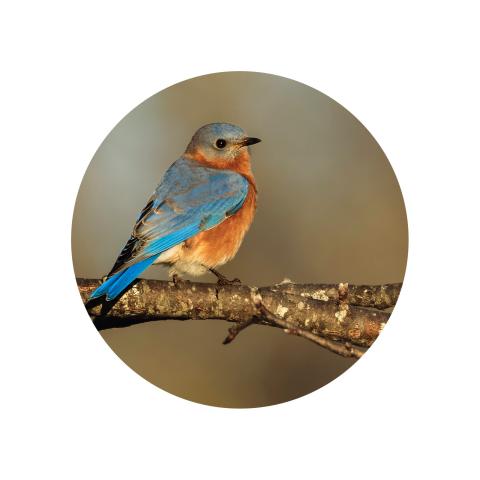The Tamarack
Howdy Folks, and welcome to late November! The leaves have changed color, and most have fallen, and the site of fresh snow on the ground sends many to the forest in search of the elusive White-tailed Deer.
While many thoughts are on the hunting expedition for this season, as well as the Thanksgiving holiday and all that goes along with that day, I receive questions about ‘Why are some of my Pine trees dying?’ So, let’s try to answer that particular question.
First, I’ll start with the statement that they aren’t Pine trees. One common thought among the general public is that all evergreen trees are Pines. Well, that is not the case. Of course, there are Pine trees, and of many different species. Here in northern New England, we have White Pine, Red Pine, Scotch Pine, some Pitch Pine, and the occasional Jack Pine. Other evergreens are Balsam Fir, Red, White, and Black Spruce, the occasional Blue Spruce, Hemlock, and then Tamarack. Tamarack really doesn’t fit in this ‘evergreen’ category, however.
Tamarack is the only deciduous coniferous tree here in the northeast. That means that it has cones for seed distribution and, like the broadleaf trees, looses its leaves (needles) in the fall. As the leaves of our Oaks, Maples, Birches, and others, turn colors and fall, so do the needles of the Tamarack. They turn a golden yellow color and then fall to the ground.
Some Tamarack trees in the fall mixed with some Spruce and Fir evergreens. (Photo: Kevin Martin, ‘A Tamarack Story’, October 2021)
The leaves, needles, come out in the spring, along with the leaves of other trees. They are arranged in tufts stemming from buds along the branches. They are a nice bright green at first in the spring,
and turn to a blue-green color throughout the summer season.
(Photo: Yale University ‘Yale Nature Walk’-Tamarack)
Late fall and early winter, the trees will lose all the needles as many of the ‘leafy’ trees do.
The Tamarack, also called Hackmatack and Larch, is very tolerant of a wide range of soil and temperature conditions but is very intolerant of shade. That means it needs abundant sunlight for the seeds to germinate and the trees to grow. Because of this, it is one of the first species to become established on a disturbed site, such as: burned areas, clearcuts, old log landings, field edges, and along roadsides. It is also often associated with peatlands and bogs because of its ability to compete on moist or wet organic soils. So, to answer the question ‘Why are my Pine trees dying?’, they are not Pine trees, and they are not dying. They are Tamarack trees and will come back just fine in the spring. Please feel free to contact your County Forester for more explanation about your trees and their progression through the seasons.
Have a question about your woods? Contact your Extension County Forester today!
Do you love learning about stuff like this? Subscribe to the NH Woods & Wildlife Newsletter.
A quarterly newsletter providing private woodlot owners in New Hampshire with woodlot management news, pest updates, resources, and more.






